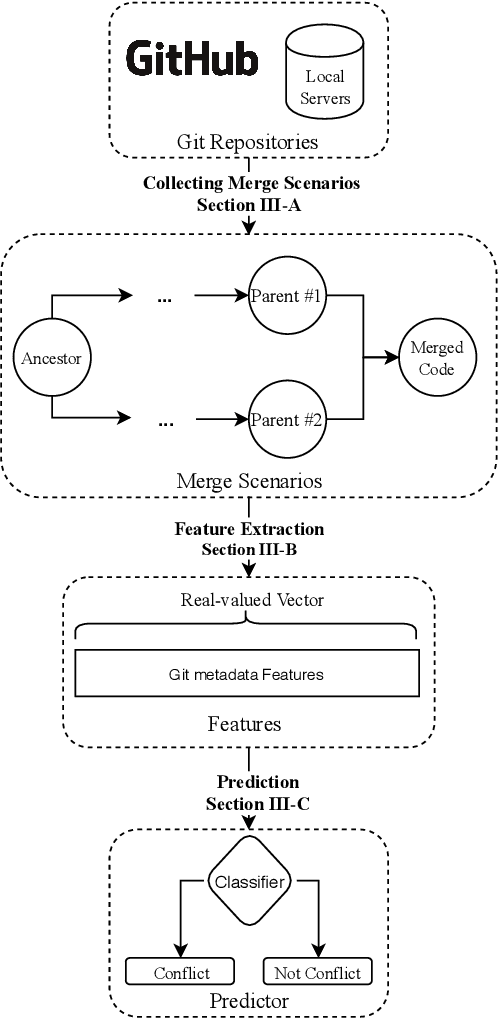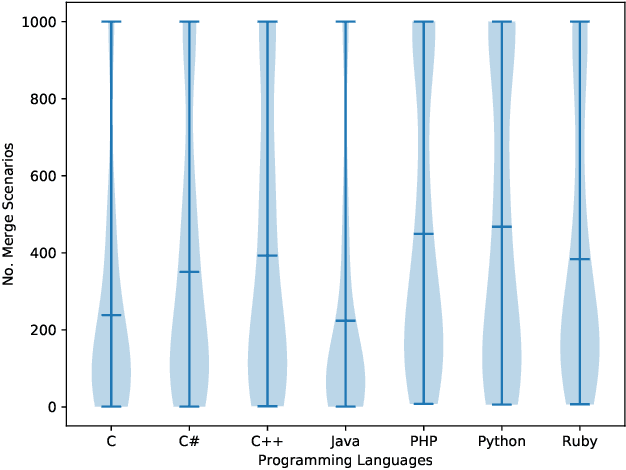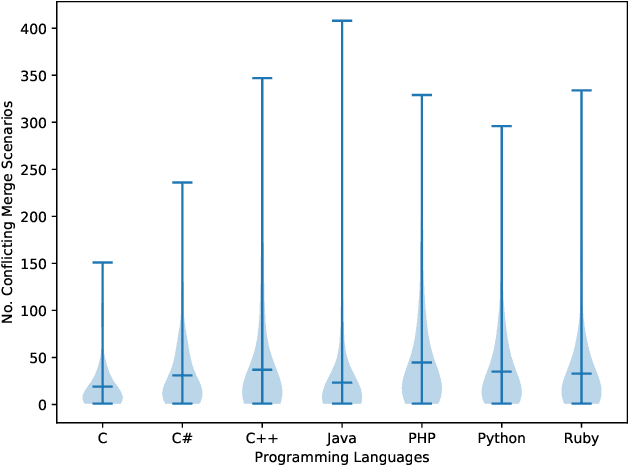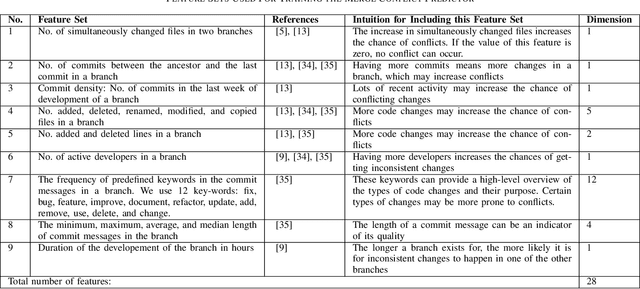Julia Rubin
It Is All About Data: A Survey on the Effects of Data on Adversarial Robustness
Mar 17, 2023Abstract:Adversarial examples are inputs to machine learning models that an attacker has intentionally designed to confuse the model into making a mistake. Such examples pose a serious threat to the applicability of machine-learning-based systems, especially in life- and safety-critical domains. To address this problem, the area of adversarial robustness investigates mechanisms behind adversarial attacks and defenses against these attacks. This survey reviews literature that focuses on the effects of data used by a model on the model's adversarial robustness. It systematically identifies and summarizes the state-of-the-art research in this area and further discusses gaps of knowledge and promising future research directions.
Predicting Merge Conflicts in Collaborative Software Development
Jul 14, 2019



Abstract:Background. During collaborative software development, developers often use branches to add features or fix bugs. When merging changes from two branches, conflicts may occur if the changes are inconsistent. Developers need to resolve these conflicts before completing the merge, which is an error-prone and time-consuming process. Early detection of merge conflicts, which warns developers about resolving conflicts before they become large and complicated, is among the ways of dealing with this problem. Existing techniques do this by continuously pulling and merging all combinations of branches in the background to notify developers as soon as a conflict occurs, which is a computationally expensive process. One potential way for reducing this cost is to use a machine-learning based conflict predictor that filters out the merge scenarios that are not likely to have conflicts, ie safe merge scenarios. Aims. In this paper, we assess if conflict prediction is feasible. Method. We design a classifier for predicting merge conflicts, based on 9 light-weight Git feature sets. To evaluate our predictor, we perform a large-scale study on 267, 657 merge scenarios from 744 GitHub repositories in seven programming languages. Results. Our results show that we achieve high f1-scores, varying from 0.95 to 0.97 for different programming languages, when predicting safe merge scenarios. The f1-score is between 0.57 and 0.68 for the conflicting merge scenarios. Conclusions. Predicting merge conflicts is feasible in practice, especially in the context of predicting safe merge scenarios as a pre-filtering step for speculative merging.
 Add to Chrome
Add to Chrome Add to Firefox
Add to Firefox Add to Edge
Add to Edge